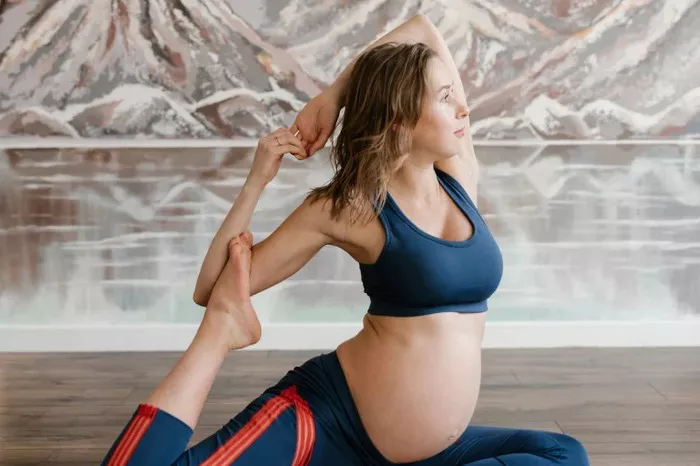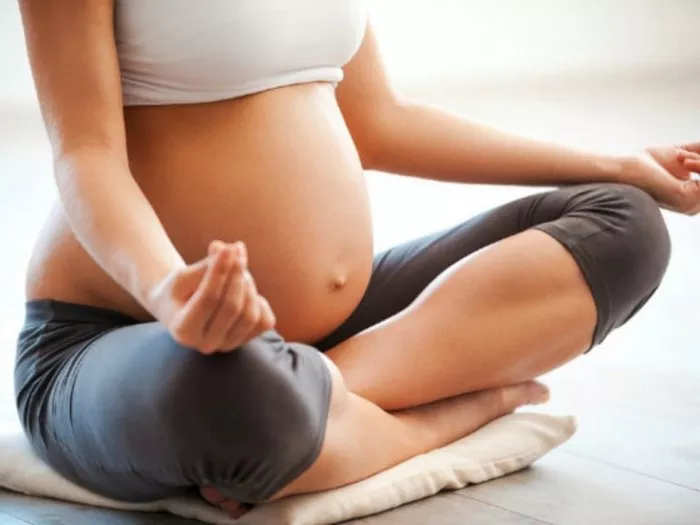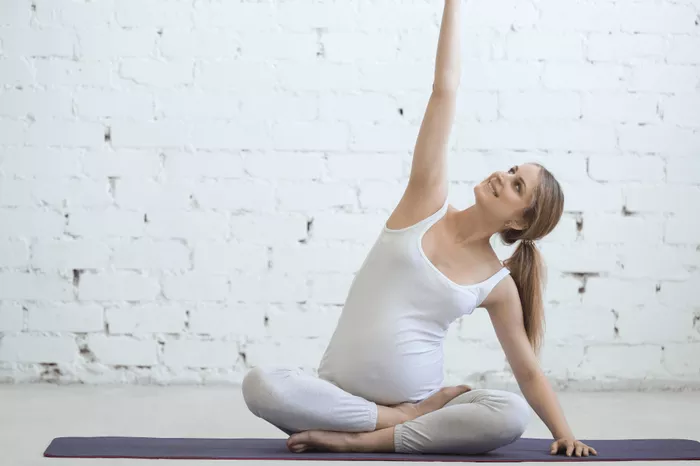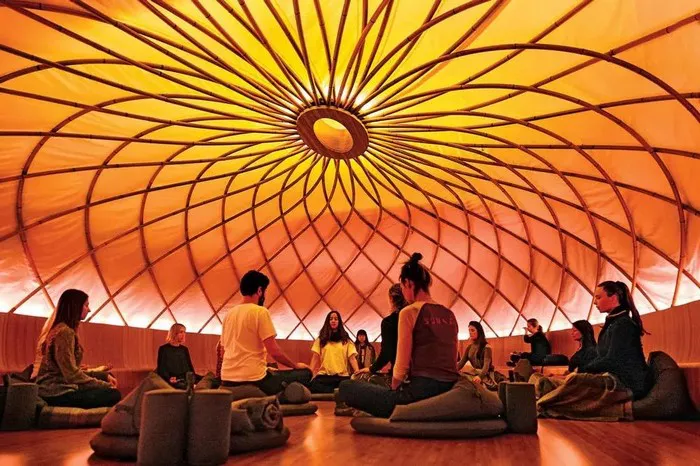Anxiety, a prevalent mental health condition, affects millions of people worldwide, leading to significant distress and impairment in daily functioning. Amidst various therapeutic approaches, both yoga and meditation stand out as popular practices purported to alleviate anxiety symptoms. But which one is truly more effective? In this article, we’ll delve into this question from four distinct perspectives, providing precise answers to aid those seeking relief from anxiety.
1. Scientific Evidence:
Numerous studies have investigated the efficacy of yoga and meditation in reducing anxiety symptoms. Meta-analyses and systematic reviews offer comprehensive insights into their relative effectiveness.
Yoga: Research suggests that yoga interventions can lead to significant reductions in anxiety levels. A meta-analysis published in the Journal of Clinical Psychology synthesized data from 35 trials and concluded that yoga interventions were associated with moderate reductions in anxiety symptoms. However, it’s important to note that the quality of evidence varied across studies, and more rigorous research is needed to confirm these findings conclusively.
Meditation: Similarly, meditation practices have shown promise in alleviating anxiety. A meta-analysis published in JAMA Internal Medicine analyzed 47 randomized controlled trials and found that meditation interventions were associated with small to moderate reductions in anxiety symptoms compared to control groups. Notably, mindfulness meditation, in particular, demonstrated consistent efficacy across various study populations.
Conclusion: Both yoga and meditation exhibit potential in reducing anxiety, with evidence suggesting moderate to small improvements in symptom severity. However, further high-quality research is necessary to establish their comparative efficacy definitively.
2. Mechanisms of Action:
Understanding how yoga and meditation exert their effects on anxiety can provide valuable insights into their relative merits.
Yoga: The practice of yoga involves a combination of physical postures, controlled breathing techniques, and mindfulness elements. Research suggests that yoga may modulate the body’s stress response system, leading to reduced cortisol levels and enhanced parasympathetic activity. Additionally, the mind-body connection fostered by yoga practice may promote emotional regulation and resilience, contributing to anxiety reduction.
Meditation: Meditation techniques, such as mindfulness meditation and loving-kindness meditation, cultivate present-moment awareness and non-judgmental acceptance of internal experiences. Neuroscientific studies have demonstrated that regular meditation practice can induce structural and functional changes in brain regions implicated in emotion regulation, such as the prefrontal cortex and amygdala. By promoting adaptive responses to stressors and enhancing attentional control, meditation may mitigate anxiety symptoms over time.
Conclusion: While both yoga and meditation engage overlapping mechanisms involved in stress reduction and emotional regulation, they may offer unique pathways to anxiety relief. Yoga’s integration of physical movement and breathwork may appeal to individuals seeking a holistic mind-body approach, whereas meditation’s emphasis on mental training and cognitive reframing may resonate with those inclined towards introspection and contemplation.
3. Accessibility and Practicality:
Factors such as accessibility, affordability, and feasibility play crucial roles in determining the suitability of yoga and meditation for anxiety management in real-world settings.
Yoga: Participating in yoga classes may require access to specialized facilities, such as studios or gyms, which can be associated with financial costs and logistical challenges. Additionally, certain yoga styles may involve physically demanding postures that could be intimidating or inaccessible to individuals with mobility limitations or health concerns. However, the proliferation of online yoga platforms and instructional resources has expanded the accessibility of yoga practices, allowing individuals to engage in guided sessions from the comfort of their homes.
Meditation: Meditation, in contrast, offers greater flexibility and convenience, as it can be practiced virtually anywhere and anytime, requiring minimal equipment or space. Various meditation apps and online resources offer guided sessions tailored to different preferences and skill levels, making it easier for individuals to incorporate meditation into their daily routines. Moreover, meditation techniques can be adapted to accommodate diverse needs and preferences, making them suitable for individuals of all ages and abilities.
Conclusion: While both yoga and meditation offer unique advantages for anxiety management, meditation may hold a slight edge in terms of accessibility and practicality, particularly for individuals with busy schedules or limited resources. However, the suitability of each approach ultimately depends on individual preferences, preferences, and circumstances.
4. Personal Preferences and Cultural Considerations:
Individual preferences, cultural backgrounds, and spiritual beliefs can significantly influence one’s inclination towards yoga or meditation as a means of coping with anxiety.
Yoga: Rooted in ancient Indian philosophy and tradition, yoga encompasses a rich tapestry of spiritual and philosophical teachings that extend beyond physical exercise. For some individuals, the spiritual dimensions of yoga, such as mindfulness, self-reflection, and connection to the divine, may resonate deeply and provide a sense of purpose and meaning. Additionally, participating in group yoga classes can foster a sense of community and belonging, offering social support and camaraderie.
Meditation: Meditation, although also originating from Eastern contemplative traditions, may appeal to individuals seeking a more secular or non-religious approach to anxiety management. Mindfulness-based interventions, in particular, have been adapted for use in clinical settings and secular contexts, making them accessible to individuals from diverse cultural backgrounds and belief systems. Moreover, meditation’s emphasis on individual introspection and self-inquiry allows for a personalized and autonomous exploration of one’s inner landscape.
Conclusion: Personal preferences, cultural influences, and spiritual inclinations can significantly shape an individual’s preference for yoga or meditation as strategies for anxiety relief. While yoga offers a holistic approach integrating physical, mental, and spiritual dimensions, meditation provides a secular and adaptable framework for cultivating inner peace and emotional resilience.























